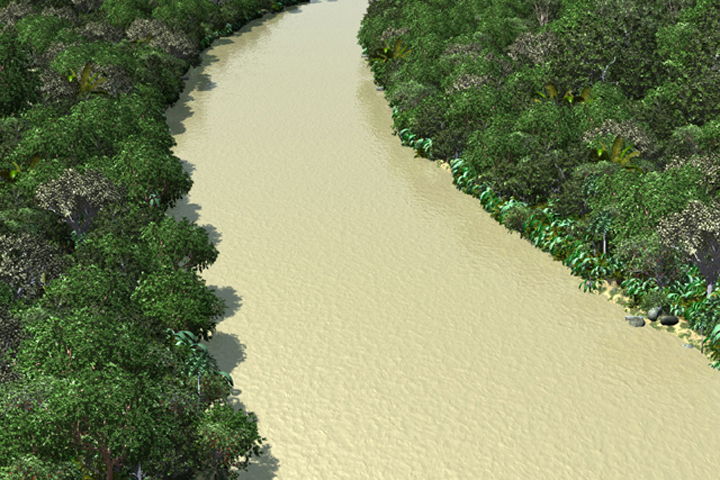|
|
How
did the Amazon get to be one of the most biodiverse
places in the world? It's agreed that geological changes
were at the heart of it. But experts differ as to how it
happened.
- Wade, L. (2015), Cradle
of life.
Science 350,
496-501. DOI:10.1126/science.350.6260.496
The
ancestral Pueblo peoples of the US Southwest left
established power centers (like Chaco Canyon, NM) and moved
north to the Mesa Verde region in the early 1200s.
Within 100 years Mesa Verde was deserted. Many
hypothesis have been offered over the years, but a growing
body of work suggests a combination of political disruption,
cultural conflict, resource shortage, violence, and
drought. These are forces very much at work in today's
Middle East and Africa, with a similar effect.
- Monastersky, R. (2015), The
greatest vanishing act in prehistoric America. Nature
527, 26–29.
doi:10.1038/527026a
- Forest
Health in a Changing World. The 21
August 2015 Science
is a special issue investigating the current state of
forest health and its future in a changing world.
Reconstructing tectonic plate movements is a
time-consuming process. For decades we've been
limited to cel animation and raster tools (Scotese).
GPlates
is an open source program that makes use of georeferenced
data and can include not only tectonic plate polygons but
other vector and raster data. While it's still time
consuming to create the data, much of the work has already
been done by others.
- Williams,
S. E., Müller, R. D., Landgrebe, T. C. W., Whittaker, J.
M. (2012), An
open-source software environment for visualizing and
refining plate tectonic reconstructions using
high-resolution geological and geophysical data sets.
GSA Today 22-4,
4-9. DOI: 10.1130/GSATG139A.1
|
